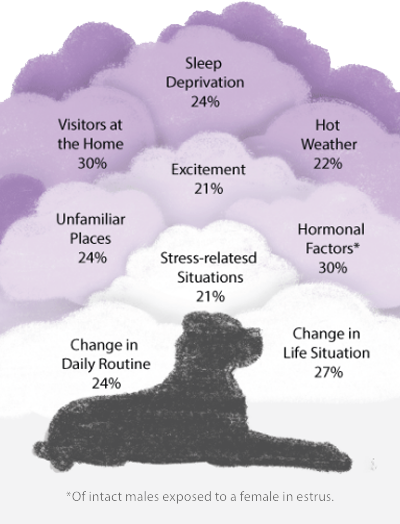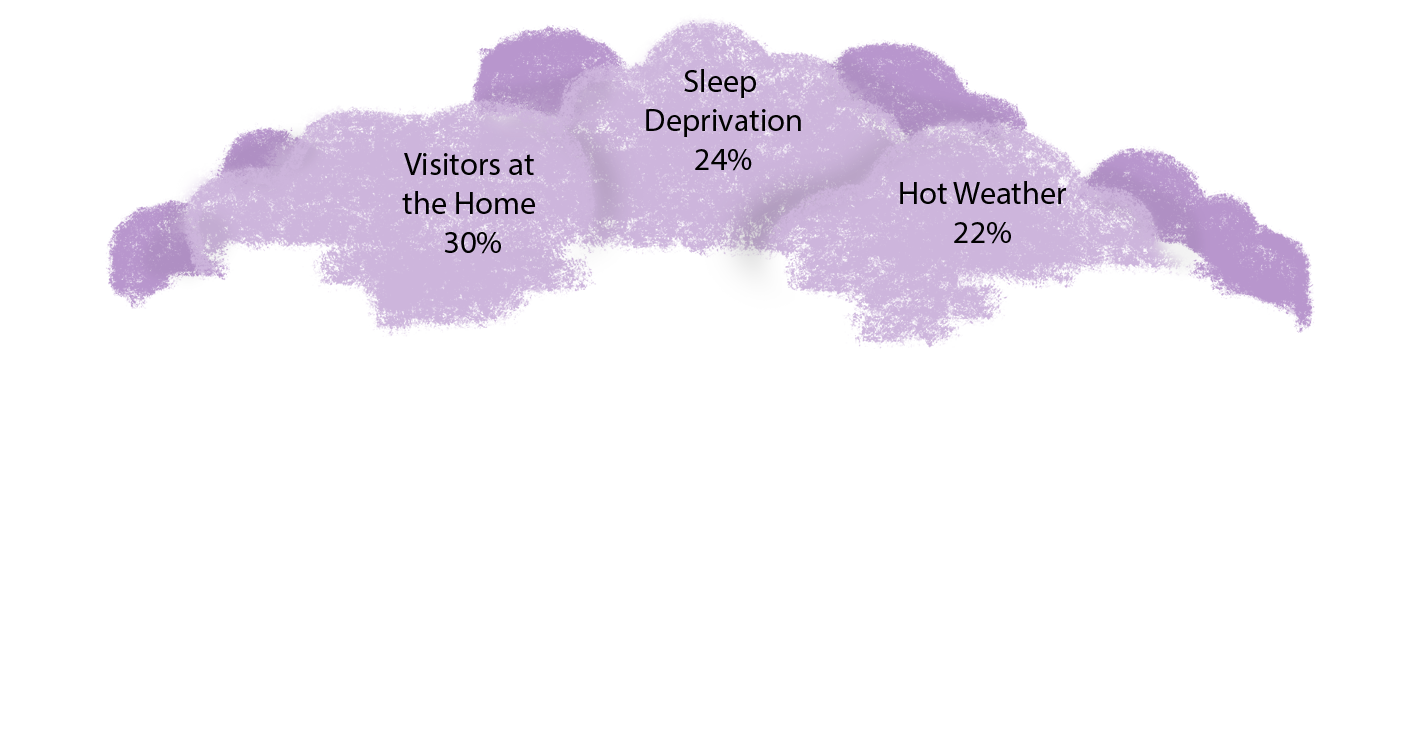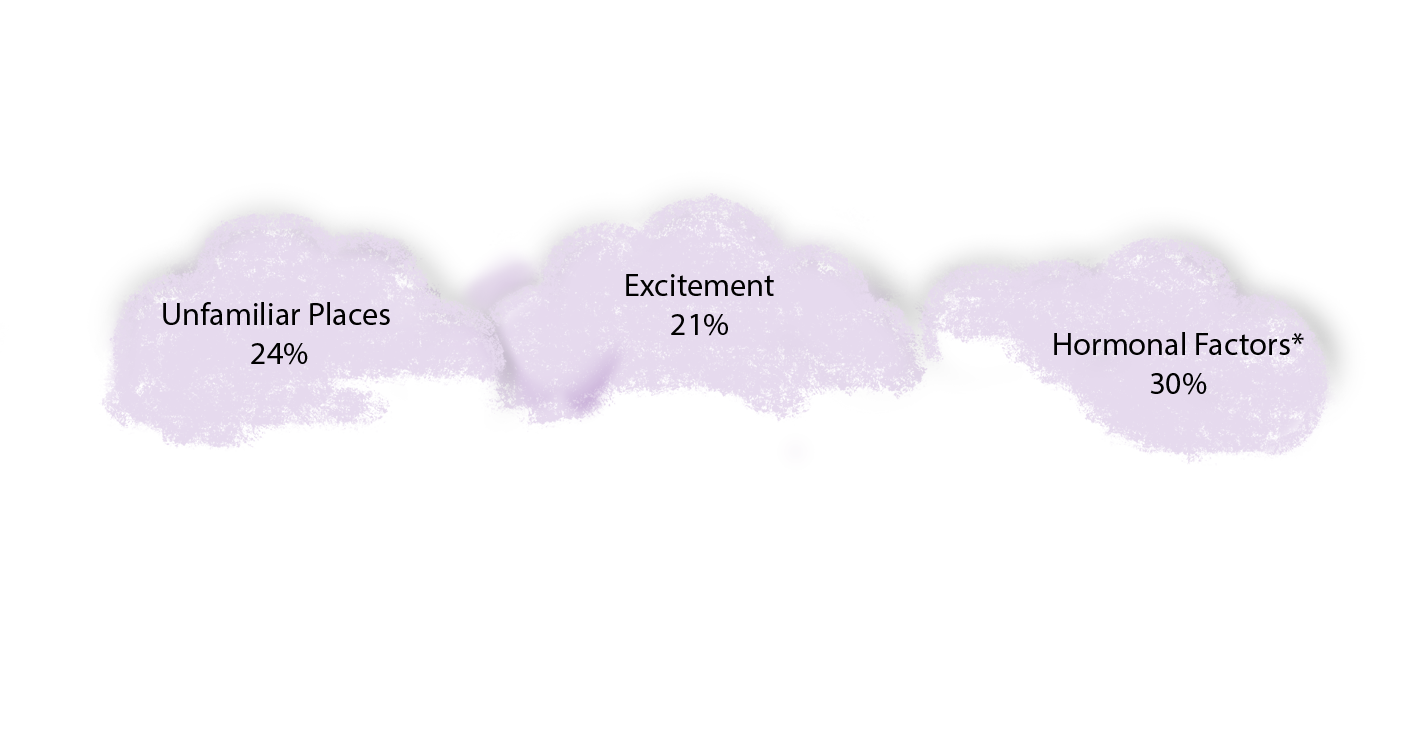Idiopathic Epilepsy
Do your dog’s seizures feel like a lingering storm?
Receiving a diagnosis of idiopathic epilepsy (IE) for your dog is nothing to fear. Now that your veterinarian understands that IE is causing your dog’s seizures, they can recommend a treatment plan to bring back some stability to your lives.
Idiopathic epilepsy, or recurring seizures with no identifiable cause, is the most common chronic neurologic disorder in dogs.1,2 A seizure, or convulsion, is caused by temporary abnormal brain activity that leads to uncontrollable muscle movement.3,4 The type and severity of seizures can vary, as can the frequency, ranging from several a day to less than one a year.


Quick facts about idiopathic epilepsy

Quick facts about idiopathic epilepsy
- Risk factors are poorly defined, but there may be an underlying genetic component with a higher prevalence in purebred dogs compared to mixed breed dogs.3
- Between 0.5% and 6% of the canine population are estimated to be affected by seizures,3 or approximately 2.1 million dogs in the United States.4
- Most dogs with idiopathic epilepsy experience their first seizure between 6 months and 6 years of age.5
It’s not a quality-of-life issue for your dog
While seizures look dramatic when they’re occurring, your dog is not in any pain or discomfort during the seizure. They don’t even know that it’s happening.6 This doesn’t make it any less stressful or frightening to witness, nor does it make it any less disruptive to your daily life. With appropriate treatment and careful monitoring in partnership with your veterinarian, your dog’s seizures can be managed so that you can enjoy more days free of the cloud of epilepsy.
Study of dog owners finds important factors affecting quality of life*,7
An online survey of owners of 225 dogs with idiopathic epilepsy uncovered insights into the factors people consider most important for their dog’s quality of life.
*Another online survey study of 150 dog owners confirmed seizure frequency to be the most important factor affecting QOL for owners of dogs with idiopathic epilepsy.9
Seizures may be triggered by any of these factors9





Understanding what may cause seizures can lead to a successful diagnosis
Because there are many things that could cause seizures, your veterinarian will need to narrow down the potential cause in order to recommend an appropriate treatment.1,2

Rule out causes outside the brain (extracranial)
- Excess or deficit of glucose, electrolytes, triglycerides, etc.
- Metabolic disease caused by kidney or liver disorders
- Ingesting toxins or poisons such as chocolate, human medication, etc.

Rule out causes inside the brain (intracranial)
- Tumor or other progressive brain disease
- Scarring of brain tissue after surgery or trauma
- Infectious diseases such as canine distemper virus or rabies
- Also known as secondary epilepsy

Diagnose idiopathic epilepsy after ruling out other causes
- No identifiable structural or biomechanical cause
- Also known as primary epilepsy
Keep track of details that can help your veterinarian
It’s okay if you can’t answer every question. Any insights you can provide about your dog’s seizures will help your veterinarian arrive at a diagnosis.
- How old was your dog when they first had a seizure?
- How many days has it been since your dog’s first seizure?
- Has your dog had any more seizures since then?
- Did your dog have one seizure or multiple seizures?
- If your dog had more than one, how much time passed between each?
- How long did the seizure(s) last?
- What was your dog’s behavior before and after the seizure(s)?
Controlling IE is a lifelong commitment
While there’s no cure for idiopathic epilepsy (IE), it’s possible to control it over your dog’s lifetime. As you work with your veterinarian to manage it in your dog, keep these important factors in mind:
Finding the right levels of medication to control your dog’s seizures will require some trial and error, which may require multiple clinic visits and diagnostic tests.
The goal of medication therapy is to decrease the number of seizures your dog experiences, but it’s unlikely to completely eliminate them.
Once you begin giving your dog anti-convulsant medication, it must be administered for your dog’s entire life. Stopping this type of medication may put your dog at risk of developing more severe seizures in the future.
Thanks to its once-daily dosing, KBroVet-CA1 is easy to fit into your routine so you’re less likely to miss a dose.
Talk to your veterinarian about KBroVet®-CA1
Be prepared to discuss treatment options and ask your veterinarian if KBroVet-CA1 might be the right choice for your dog.
2. Patterson EE. Canine epilepsy: An underutilized model. ILAR Journal. 2014;55(1):1-3.
3. Chandler K. Treatment and monitoring of epilepsy in dogs. In Pract. 2011;33:98-104.
4. Charalambous M, Brodbelt D, Volk HA. Treatment in canine epilepsy – a systemic review. BMC Vet Res. 2014;10:257.
5. Podell M, Fenner WR, Powers JD. Seizure classification in dogs from a nonreferral-based population. JAVMA. 1995;206(11):1721-8.
6. Canine seizure disorder: A fresh look at clinical management. Proceedings of a Panel Discussion. (Available online at PRNPharmacal.com)
7. Nettifee JA, Munana KR, Griffith EH. Evaluation of the impacts of epilepsy in dogs on their caregivers. J Am Anim Hosp Assoc. 2017;53(3):143-149.
8. Wessmann A, Volk HA, Packer MA, et al. Quality-of-life aspects in idiopathic epilepsy in dogs. Vet Rec. 2016;179(9):229.
9. Forsgard JA, Metsahonkala L, Kiviranta AM, et al. Seizure-precipitating factors in dogs with idiopathic epilepsy. J Vet Intern Med. 2019;33:701-7.
